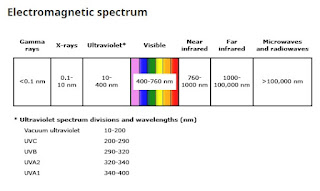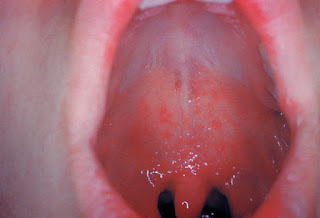Tanning: What You Need to Know
Suntan, the darkening of the skin following exposure to UV
radiation, has cultural, cosmetic, and physiological significance. Despite the
perception of a suntan as a healthy glow, the process itself is indicative of
cellular damage.
In conclusion, while suntan may be a desired aesthetic for some, it is crucial to approach sun exposure responsibly. By understanding the underlying mechanisms of suntan and the associated risks, individuals can make informed decisions and take appropriate measures to protect their skin from the harmful effects of UV radiation.
Ultraviolet Radiation and Skin:
UV radiation, comprising UVA (320-400 nm), UVB (280-320 nm), and UVC (100-280 nm), is emitted by the sun. When UV rays reach the skin, they interact with chromophores such as melanin, DNA, and proteins, leading to a range of biological responses.Melanogenesis:
Melanin, the pigment responsible for skin, hair, and eye color, plays a vital role in suntan. Upon exposure to UV radiation, melanocytes produce and distribute more melanin to neighboring keratinocytes. This increase in melanin pigment results in the darkening of the skin.Photochemical and Photobiological Effects:
UV radiation induces numerous photochemical and photobiological effects on the skin, including DNA damage, oxidative stress, and inflammation. These processes can lead to accelerated skin aging, DNA mutations, and an increased risk of skin cancer.Health Implications:
While some individuals actively seek out a suntan for aesthetic reasons, it is crucial to acknowledge the potential health implications associated with excessive UV exposure. Prolonged and unprotected exposure to UV radiation increases the risk of sunburn, premature aging, eye damage, and various types of skin cancer, including melanoma.Here are some of the health risks of tanning:
- Skin cancer: UV radiation is the leading cause of skin cancer. The more you tan, the higher your risk of developing skin cancer.
- Premature aging: UV radiation can damage the collagen and elastin in your skin, which can lead to premature aging. This can cause wrinkles, age spots, and other signs of aging.
- Eye damage: UV radiation can damage the eyes, increasing the risk of cataracts and macular degeneration.
- Immune system suppression: UV radiation can suppress the immune system, making you more susceptible to infections.
Responsible Sun Exposure:
To promote healthy sun exposure, individuals should adhere to preventive measures, including wearing broad-spectrum sunscreen, seeking shade during peak sun hours, and wearing protective clothing and accessories. Education regarding the appropriate use of sunscreen, reapplication intervals, and the importance of regular skin examinations should be encouraged.Risks and Vulnerabilities:
Certain populations, such as individuals with fair skin, a family history of skin cancer, or compromised immune systems, are more susceptible to the harmful effects of UV radiation. Recognizing these vulnerabilities is essential to tailor sun protection recommendations and encourage regular skin screenings.How to Protect Your Skin from the Sun
- Wear sunscreen with an SPF of 30 or higher every day, even on cloudy days.
- Reapply sunscreen every two hours, or more often if you are sweating or swimming.
- Wear sunglasses and a hat to protect your face and eyes.
- Avoid tanning beds.
- Seek shade during the middle of the day, when the sun's rays are strongest.
- Cover up with clothing if you are going to be in the sun for an extended period of time.
In conclusion, while suntan may be a desired aesthetic for some, it is crucial to approach sun exposure responsibly. By understanding the underlying mechanisms of suntan and the associated risks, individuals can make informed decisions and take appropriate measures to protect their skin from the harmful effects of UV radiation.

.jpeg)

.jpeg)





Comments
Post a Comment